At 16% growth, 2023 was fantastic for aata category: Vineeth Viswambharan
Adani Wilmar, one of the largest food and FMCG companies in India, has launched a new TV commercial (TVC) highlighting the exceptional ease and convenience that Fortune Chakki Fresh Atta brings to the lives of families, thus reinforcing the brand’s message of ‘Roti Ki Mehnat’.
In conversation with Adgully, Vineeth Viswambharan, Associate Vice President, Marketing & Sales, Adani Wilmar, delves into the creative thought behind the ‘Roti Ki Mehnat’ campaign, media mix, other marketing strategies for Fortune Chakki Fresh Atta, as well as the brand’s performance in 2023.
How does the ‘Roti Ki Mehnat’ campaign align with the brand campaign?
We launched about six years ago. Currently, in the brand journey, we find ourselves at a stage where there is a very high level of awareness about a specific product in the market called Fortune Chakki Fresh Aata. The initial marketing challenge of creating awareness for the presence of this product has been successfully addressed by previous campaigns. Now, the focus of this campaign is to foster greater concentration and loyalty, especially considering the strong market leader in the category and we wanted to use this category to create higher levels of repeat purchase.
When we started contemplating strategies to drive loyalty, repeat purchases, and increase usage frequency, two key considerations emerged. Firstly, a functional, product-centric approach, which essentially involves identifying a specific product benefit or category driver. The aim is to emphasise this benefit and deliver a higher-than-average category advantage derived from that particular rational benefit. The one we selected, after extensive consumer discussions, is centered around the ease of kneading.
We identified the ease of kneading as a significant pain point across different geographies. Consequently, we take great care to ensure that our wheat blends are crafted in a manner that maintains a consistent user experience worldwide. Our commitment extends to ensuring uniform water absorption and granulation tailored to the specific needs of diverse geographies. This meticulous approach results in dough that absorbs more water during kneading, making the process easier and more efficient.
So therefore, we thought we could use this easier to knead the product truth. We thought that ease of kneading is something that has not been talked about much in the category. And it’s also a very relevant benefit. So, that was one thing we decided would be the rational communication through which we will leave this campaign. The other thing we had to do we wanted to do was also to try to build a bit more of an emotional connection or empathy with the brand. And, therefore, we wanted to envelope this rational benefit that we were promising in an emotional envelope that the consumer resonated with and that is how they were the whole idea of “Roti Ki Mehenat”. Because everything that we do we do at scale, we want to cater to the belly of the market to the middle classes and not really premium offerings that are so niche that they cannot be very large in scale. We know that earning your daily bread earns a daily routine of a lot of trials and tribulations, but at least making your roti should be simple. So, the articulation of it in Hindi is “Roti kamana mehenat ka kaam hai par kam se kam roti banane mai mehenat na lage”.
How are you breaking the gender stereotype with this campaign?
The other thing we tested was a number of different scripts based on the same proposition. Finally, we arrived at the script you see now in its communication form. Another aspect that resonated well was the tonality, particularly the fact that the protagonist in the television commercial is a lady engaged in a physically demanding job – she is a police officer. This occupation is both physically demanding and time-intensive. Additionally, without being overly assertive, the ad also conveys a wonderful balance between work and home life for the couple, featuring the husband and wife.
Consumers are responding warmly to the subtle portrayal of the couple’s dynamic. While the lady is kneading the dough, her husband is depicted in the background of the kitchen, assisting her with the chaos. This aspect seems to have touched many hearts. So, sharing the load at home, as well as going out and earning there’s been a lot of communication in a lot of campaigns in the past, which is, which has said this out loud. But I think the way we have treated it, which is not really shouting about it, but just the equation that is quite apparent. I think that is what consumers are noticing and appreciating.
What was the media mix for this campaign and which agency was involved in the making of the campaign?
When you have a strong creative idea at the core of a campaign, it lends itself to numerous adaptations across various platforms. The campaign ‘Roti Ki Mehenat’ has been executed in a commercial form on television, but as it transitions to the digital realm, you’ll soon witness several adaptations rooted strongly in the idea of ‘Roti ki Mehenat’. We have developed various versions for digital platforms, which encompass a range of formats.
Similarly, we have also created print and outdoor versions of the same idea, currently in progress. You’ll encounter these adaptations on outdoor displays, in print, and across various digital platforms in diverse forms. Currently, we are in the initial phase of the campaign, aiming to establish widespread reach and frequency for the main creative, which is the television commercial. The same film is being utilized on digital platforms to generate additional impressions.
On digital social media, you will find the same film as seen on television, adapted to fit formats such as Reels, Shorts, Instagram, Facebook, YouTube, etc.
Our custodian of Fortune Atta is Ogilvy. And so, basically, the conception of the whole communication starting from the articulation of the brand idea itself, and all that brainstorming was done with them. We had a number of scripts, and finally we came up with this particular script, the one that we did, so that was done with Ogilvy and for social media we partnered with Social Beings.
Other than this campaign, what are the other marketing strategies are you implementing to reach your target audience?
Different geographies present unique challenges and flavors of category choice. In the highly penetrated South, where per capita consumption is low, we focus on smaller pack sizes (half kg and one kg), supported by in-store activities and consumer offers to boost adoption.
In the West, where non-packaged wheat flour is prevalent, our business source is primarily competition-driven, aiming for share gain. Activities involve encouraging consumers to shift from traditional practices to the convenience of Fortune Atta, requiring targeted trials and smaller pack sizes.
The North, with loose wheat flour consumption, demands careful pricing considerations for effective conversion to packaged options. Meanwhile, in the East, the emphasis is on highlighting the product’s high fiber content and digestive health benefits in below-the-line activations.
These region-specific strategies, involving product pricing and promotion, complement the overarching campaign goal.
How was 2023 been for Fortune Atta?
The year 2023 was fantastic for Atta category with a growth rate of around 16% in the aata category, making it one of the fastest-growing categories. Recent data shown by Nielsen and Kantar Household panel data show even higher growth in the last six months compared to the previous period. Notably, our growth has outpaced the category, resulting in substantial market share gains.
What’s particularly encouraging is that only 15% of total consumption in this category is in packaged branded form, leaving an 85% headroom for growth. With a potential market size of about Rs 1.5 lakh crore, there’s ample room for expansion. As long as we focus on upgrading consumers from loose to packaged products, the future holds great potential for sustained growth. This category stands among the largest food consumption categories in the country, alongside oil, rice, and wheat, contributing significantly to the overall annual spending of Rs 1.5 lakh crore to Rs 2 lakh crore.



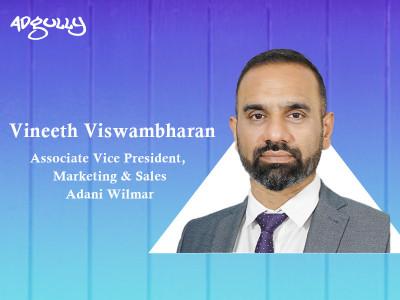


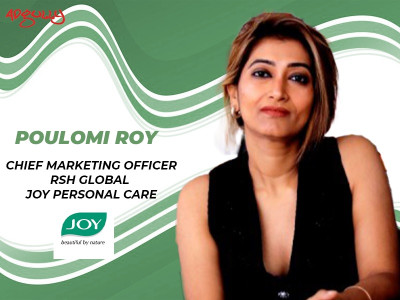




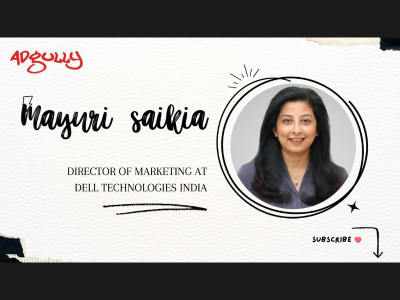
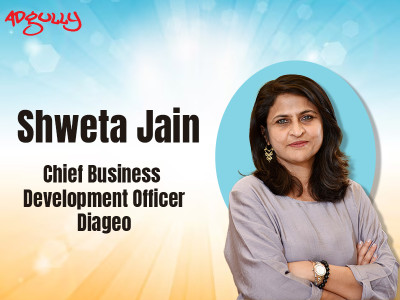
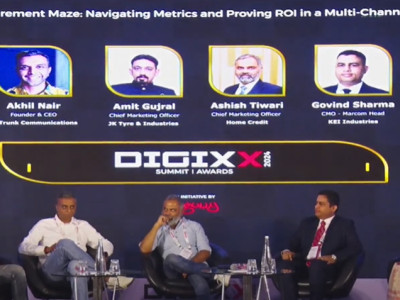




Share
Facebook
YouTube
Tweet
Twitter
LinkedIn